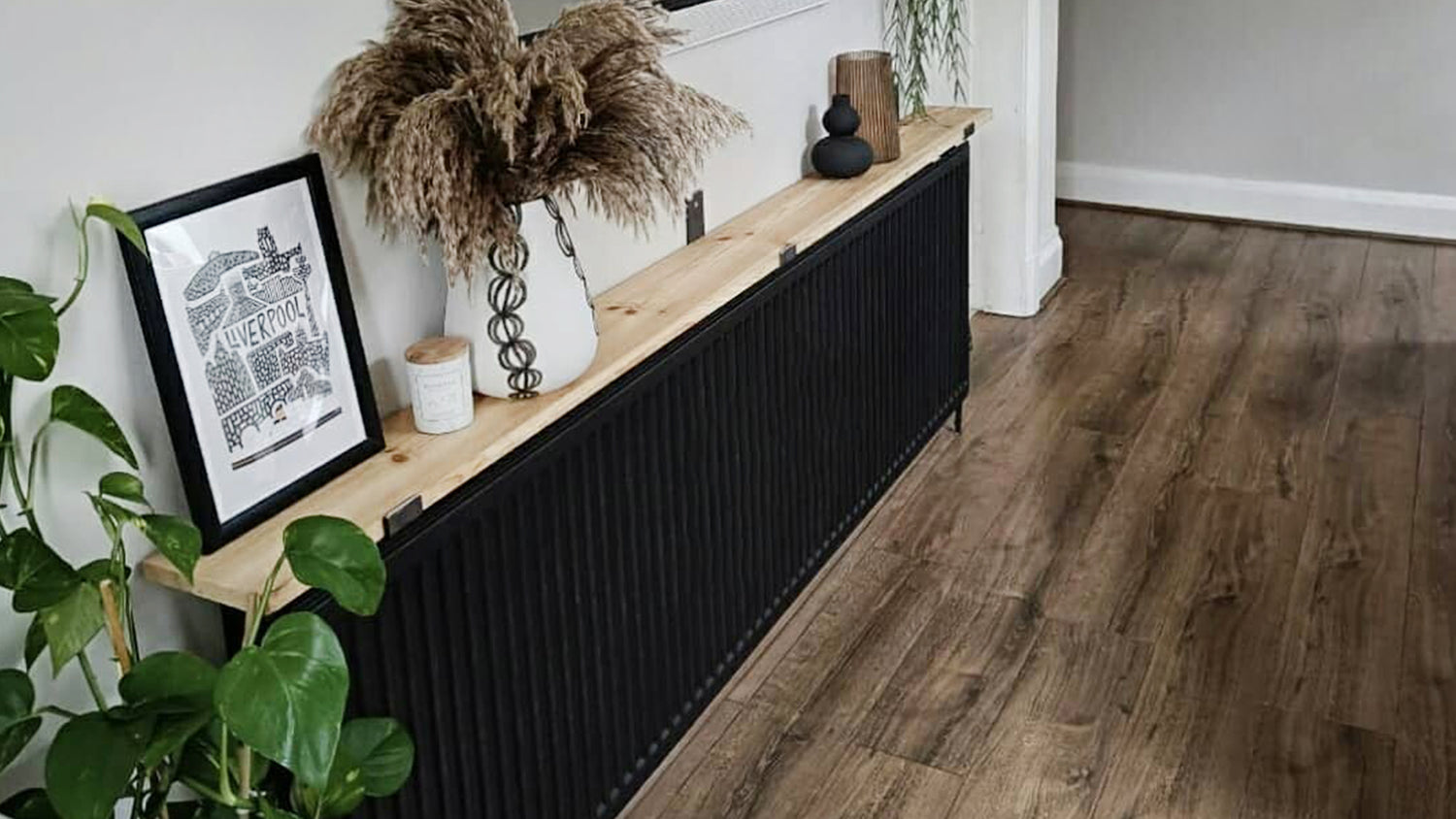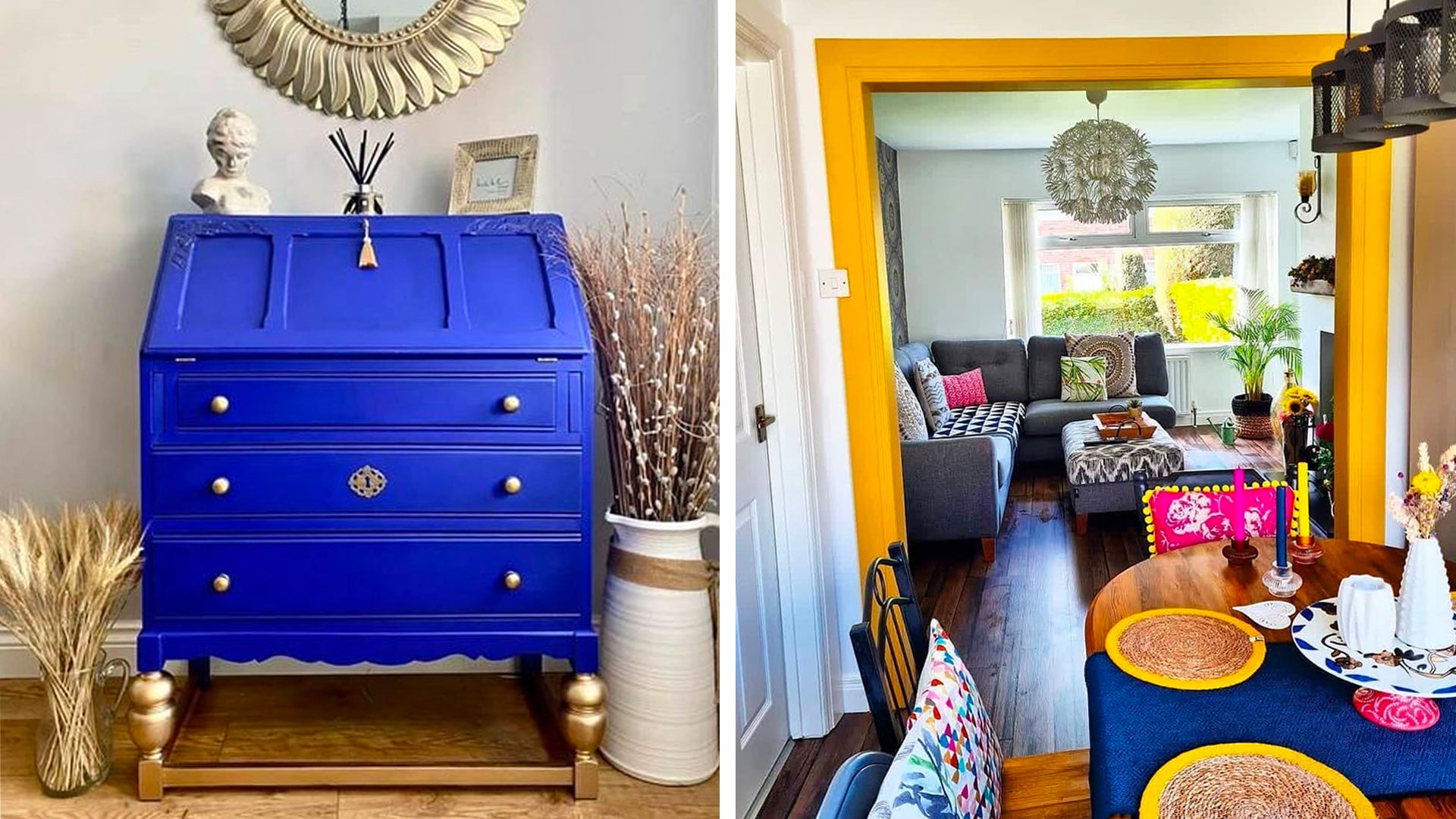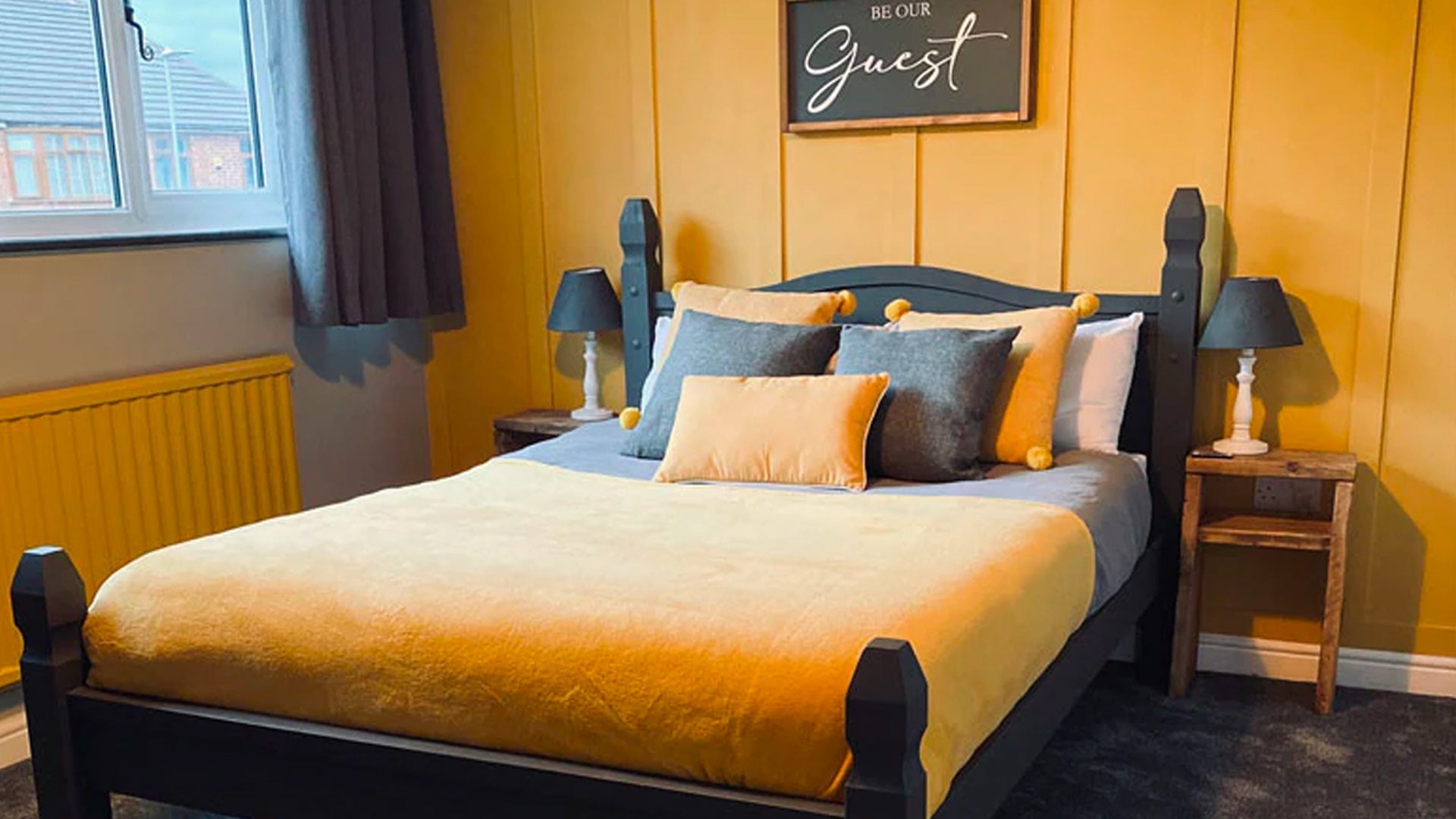Radiators are a fundamental feature in the vast majority of UK homes. As a result, it’s almost inevitable that most people will need to know how to paint radiators at some point.
Painting radiators is a quick and easy way to spruce up this heating staple. Best of all, there’s plenty of choice out there in terms of which paint type and colour you choose…
What kind of paint do you use on radiators?
In the olden days, radiators tended to be viewed like woodwork in terms of decorating. In short, they were given the white gloss treatment. Woodwork was painted that way out of practicality as the wall paint of yesteryear wasn’t completely durable and could be difficult to clean. Wipeable gloss was ideal for woodwork because it’s where the majority of marks tend to appear.
Luckily, paints have evolved. This provides many more choices in how to treat radiators in a decorating scheme – not to mention your woodwork too.
The simplest approach is to use a paint that is self-priming and self-sealing. It is also necessary to ensure the paint you choose is suitable for metal and can cope with heat. Choosing a water-based, low VOC and low odour range makes for pleasant application and is an eco-friendlier option.
Most modern radiators have a powder-coated finish, meaning they are paintable with a suitable brand. If you have reconditioned vintage radiators, you may need to check the existing finish with the supplier. On the other hand, chrome radiators and towel rails are not generally suitable for painting.
If your radiators have a powder-coated finish or have been previously painted, some of the suitable Frenchic ranges are:
- Chalk Wall Paint – For an ultra-matte finish.
- Trim Paint – Soft-satin finish in colours matching the Chalk Wall Paint range.
- Al Fresco – For an almost flat finish.
- You can also go metallic with Frenshimmers or Frensheens (mixed with Finishing Coat). Think copper, bronze and gold. You can apply these to pipes for a subtle sparkly look or go bold with an entire radiator.
It’s also worth considering whether you want to paint the pipework. Matching radiators and pipework can create a more cohesive look. Or add contrast with different colours. As above, another option is to get creative on pipework with metallic paint or powders.
If you are painting bare metal like copper pipework and have chosen our Trim Paint range, a suitable metal primer is required (other Frenchic ranges will not need a primer).
How to paint radiators
Now, onto the painting process. First and foremost, it is best to completely switch off the radiator several hours before you intend to start, so the surface becomes stone cold prior to painting.
Before painting, make sure to clean your radiators with sugar soap and treat any areas of rust. Sand lightly to provide a key and remove any existing flaking paint. Finally, wipe down to remove any dust and paint straight on as described on the tin. Follow the direction of fins or panels, which usually run vertically. Feather in along the top and brush along the top edge from one side to the other.
Once you’ve finished the required number of coats, it’s important that you don’t switch the radiators back on. It will take at least 48 hours for the initial curing, so either turn off the radiator you’ve painted or don’t switch on the heating.
It’s also worth noting that, when painting a bathroom radiator, the initial curing can be impeded by damp conditions. So, you’ll need to keep the area well ventilated for a few days if there’s moisture in the room’s air. For a full video demo check out our How-to here.
What are the best colour for radiators?
Gone are the days of white being the only choice for radiators. This traditional colour has meant that radiators have always stood out from any wall that isn’t white itself. It’s also seen radiator covers become the go-to option for anyone who wants their radiators to disappear.
While radiator covers can look great, they have their downsides. They tend to reduce airflow and heat transference, hindering radiators’ ability to heat a room. That alone can be enough of a deterrent with energy prices continuing to rise! They also take up space and can be expensive compared to the other options.
Here are some ways you can make radiators work in your space by painting…
Match with your walls
Get a seamless look by blending radiators in with any wall colour – remember, white is no longer the only option! What better example of this than deep, dark black?
This living space uses Black Forest on the walls with Blackjack on the woodwork and radiators for a gothic glam look…
Similarly, Blackjack is used on the ceramic tiling, shelving unit, bath panel and radiator below to bring an avocado bathroom suit back into style. That’s contrasted by bright white Dazzle Me on the wall tiles to bring the bathroom to life.
Contrast colours
Alternatively, you can embrace the radiator, making it stand out with a strong contrast. If you want to add more character, a simple shelf can do the trick – and can actually increase your radiator’s efficiency. Here’s a beautiful example combining both ideas, using deep-charcoal Smudge…
Match with other colours
If you want to go somewhere in-between the two, you can contrast and match at the same time. Paint radiators a different colour to the walls, but make it fit in with your colour scheme by matching with colours elsewhere in the room.
This is achieved below using the clearly popular Blackjack, which is then paired with black accents like the mirror, picture frames and ornaments.
Bring the heat!
With Frenchic, you have the freedom to paint your radiators however you want with a choice of colours and finishes. Choose from an ultra-matte finish with our Chalk Wall Paint, soft-satin with Trim Paint or an almost-flat look with our Al Fresco range.
Stick to a solid colour or get creative with Frenshimmers and Frensheens. Whatever your choice, you’ll enjoy minimal preparation, smooth application and a durable finish – so you can enjoy every project as much as we do!








